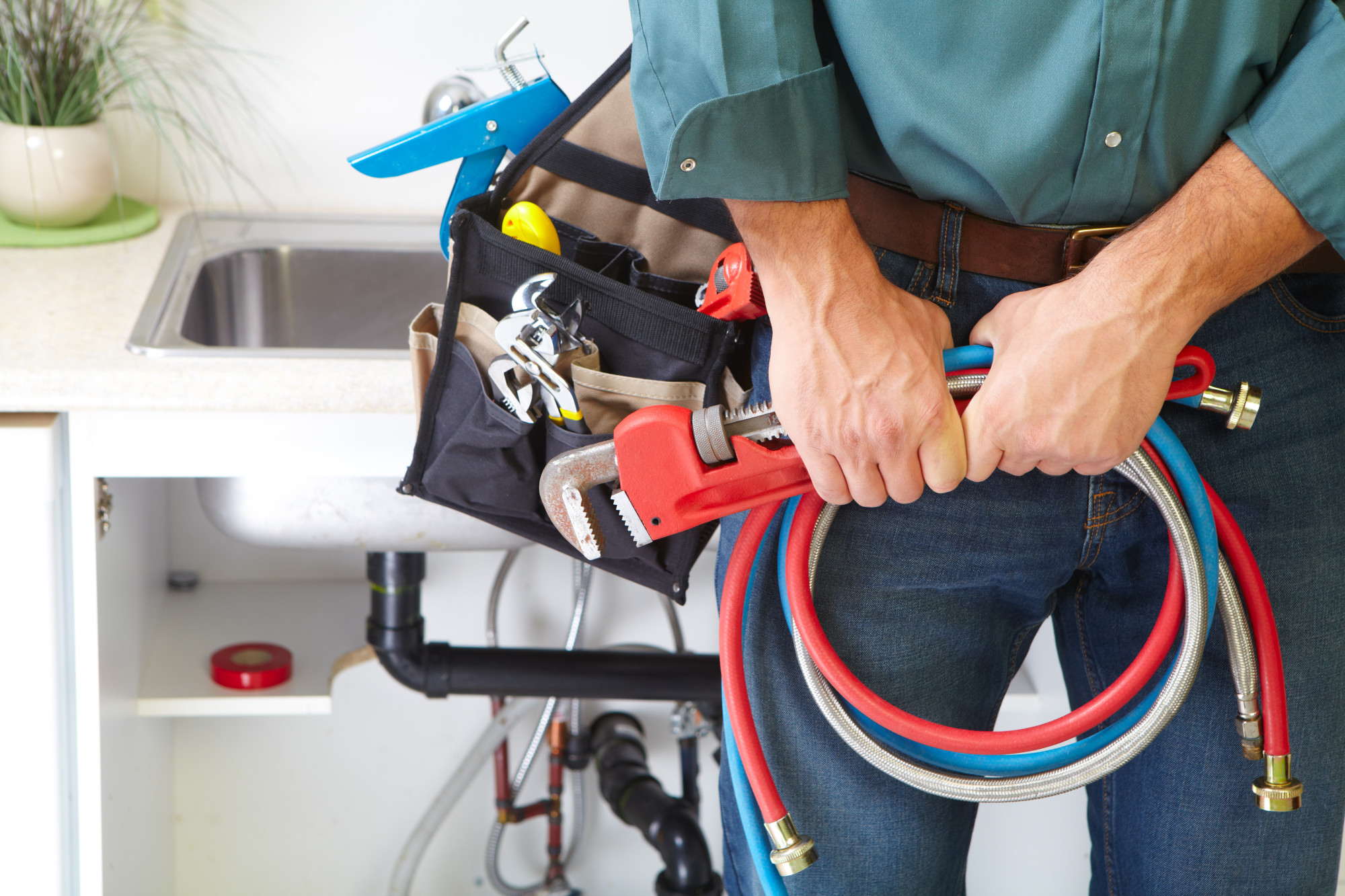Unless you’re a plumber, you don’t spend much time pondering plumbing systems. Most homeowners don’t feel pressed to dive too deeply into the subject until they have a plumbing backup.
Don’t wait for the day your toddler flushes a toy down the toilet, or you smell the aroma of sewer gas. Instead, read today’s post and explore one of our favorite topics—how does plumbing work?
Table of Contents
Dual Plumbing Systems
All homes have two plumbing systems— one transports clean water while the other removes wastewater.
The systems do connect at various points in your home. For example, your toilets, sinks, and showers work as a connection point. So do appliances such as the dishwasher and washing machine.
First, you have supply lines responsible for delivering clean water. You also have pipes, which transport dirty sewage from your home to your city’s main sewer line.
Next, we’ll share a few details about plumbing lines.
Introducing Your Water Supply Lines
Most of the time, you don’t see plumbing lines, especially those responsible for removing wastewater. Why? They’re hidden behind walls, under floors, and underground.
Your clean water supply line carries cold water into your home directly from the public water system. Also called the main water line, it runs to your water heater.
Before meeting up with the water heater, the main water line splits off into two different pathways.
One is the cold water service line; the other is called the hot water service line. The hot water service line delivers water stored in your water heater appliances and fixtures when they need it.
All About Pipes and Vents
Plumbing systems depend on waste pipes to remove sewage and gray water from your home.
Gray water comes from bathwater, your washing machine, and sinks. Sewage contains waste from toilets. All wastewater, including gray water, flows through waste pipes to your main sewer line, and finally, into the city sewer system.
All homes have vent pipes. Without them, you risk sewer gasses from the plumbing system entering your home.
When the system works right, everything just keeps moving in the right direction. If you live in an older home, or someone down the line made a few DIY plumbing repairs, you may experience plumbing issues.
How Does Plumbing Work When There Is a Problem?
When a plumbing system goes haywire, you may have the skills to remedy the most common plumbing problems.
Use your plunger skills to unclog sinks, toilets, and tubs. If you have advanced DIY plumbing skills, you might even tackle a minor issue with your water heater.
For bigger issues such as water main breaks, burst pipes, and leaking water heaters, you should get your plumber on the phone.
Enjoy Reading Posts Like This One?
As you can see, there’s a lot of unseen activity going on in your plumbing system. We hope we’ve cleared at least a few things up and answered one question—how does plumbing work?
Now that you understand the basics, your curious, and want more, right? Continue reading our posts! We’ve put together a selection of articles on topics most homeowners love learning about, and we’d like to share them with you.

















